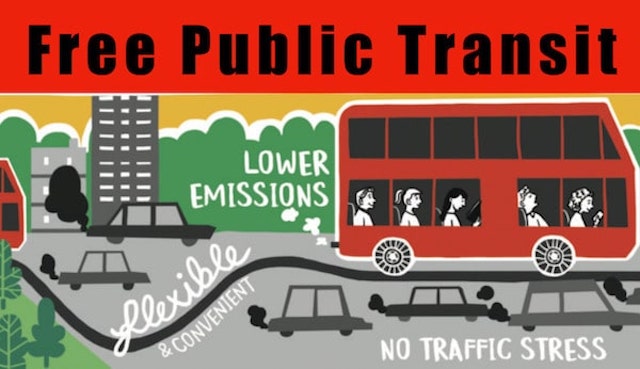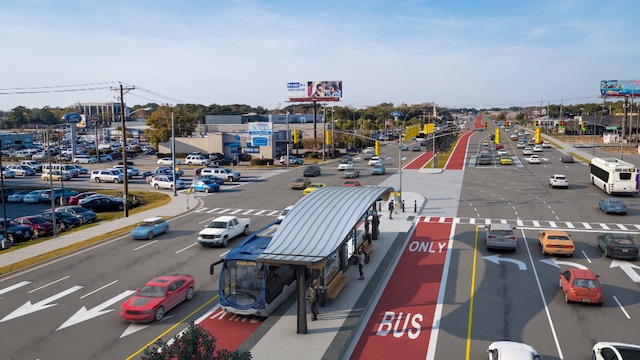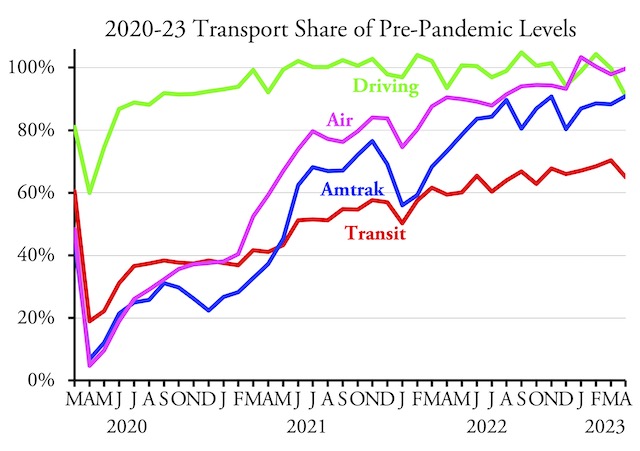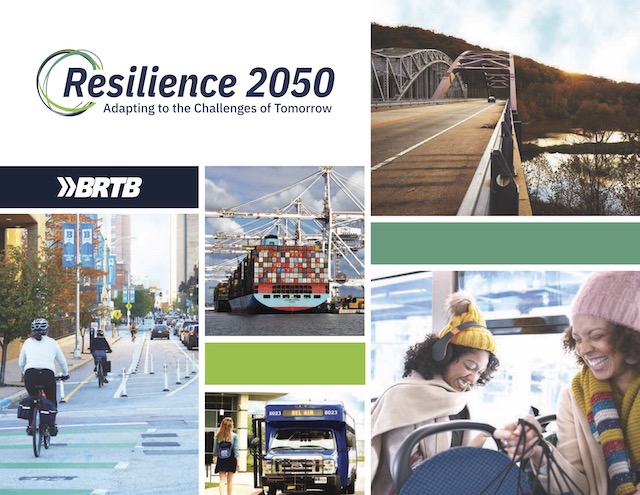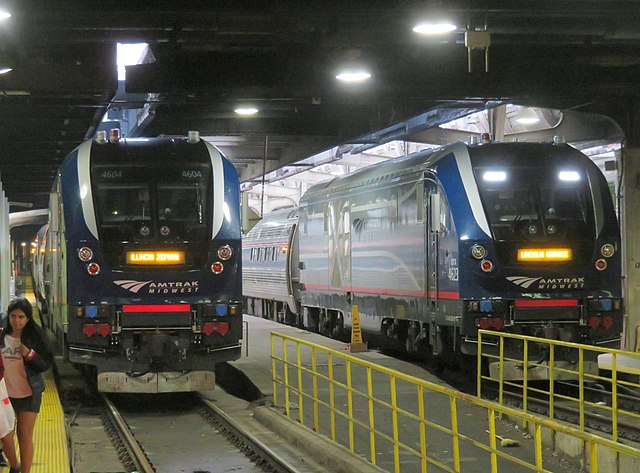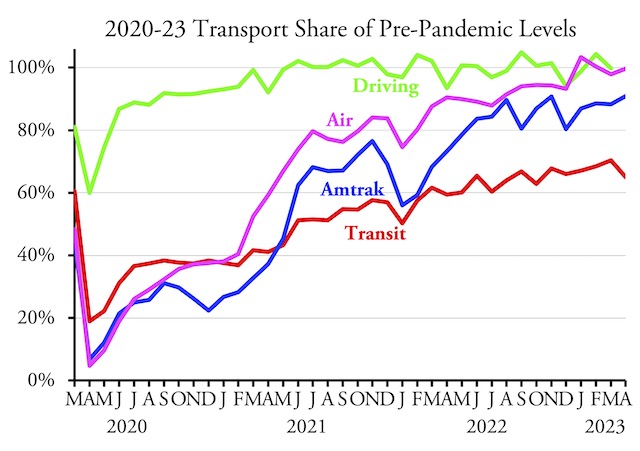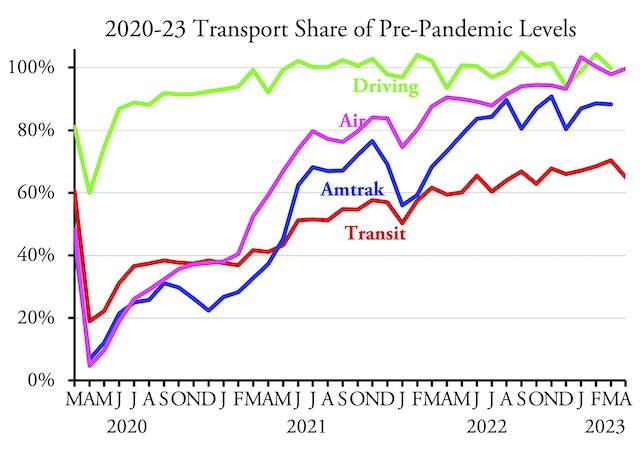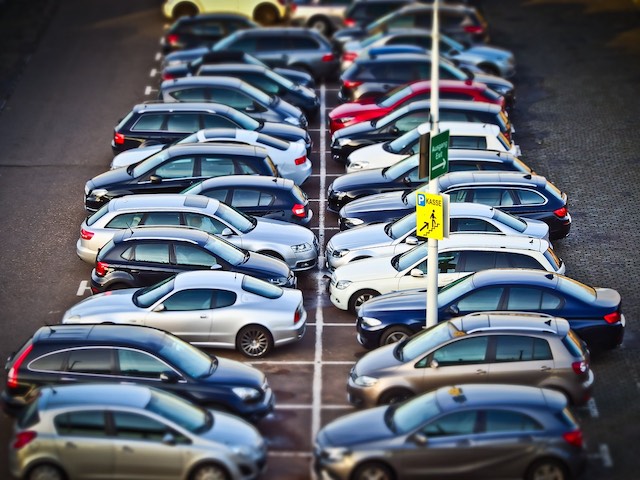Transit “systems are asking their local governments for bailouts as federal pandemic relief runs dry,” says the New York Times, “but they are also racing to reinvent themselves.” No, they are not.
Source: the Monthly Review: An Independent Socialist Magazine.
The examples of “reinvention” the Times gives mostly involve eliminating fares. But if the problem is that reduced ridership has impacted agency revenues, eliminating fares won’t restore those revenues. That’s not reinvention; it’s merely stepping up the subsidies and the need for even more bailouts. Continue reading

